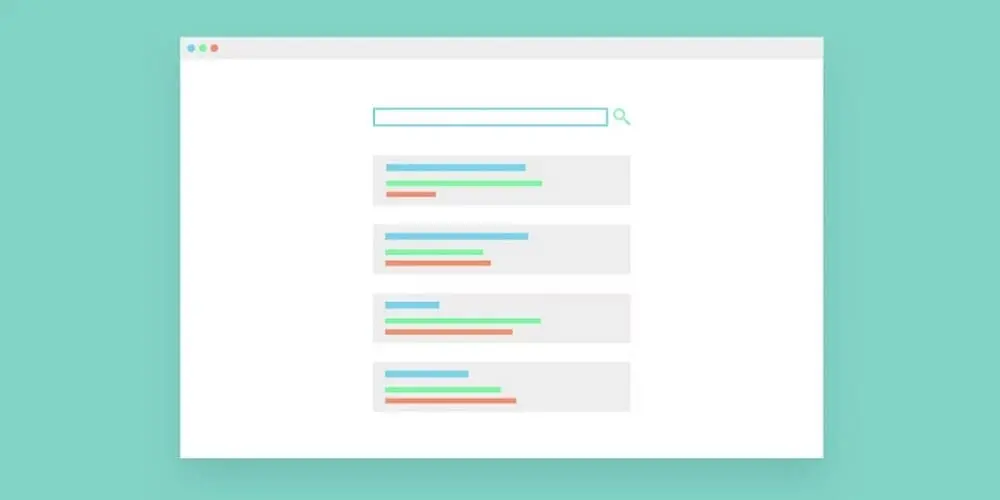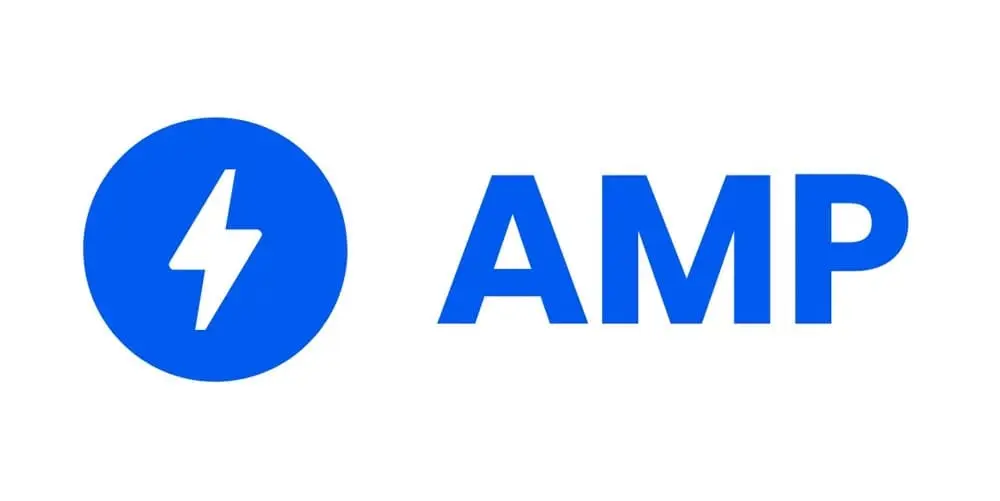What is an SEO algorithm?

Content
Definition: What is an algorithm in SEO?
In SEO (Search Engine Optimization), an algorithm is the process or set of rules by which a search engine ranks web pages in its search results. In other words, when you type a query into a search engine like Google, an algorithm decides which pages will be displayed and in which order.
How do algorithms work?
To understand how SEO algorithms work, it’s important to break down the process into different stages.
The Crawl
Crawling is the first step. Search engine robots crawl the web to find pages. They follow links from one page to the next and store the information they find for later indexing.
Indexing
Once the robots have crawled a page, it is indexed. Indexing involves storing information about a page in a vast database, which the search engine can consult each time a query is made.
Classification
After indexing, classification comes into play. When a query is made, the search engine’s algorithm classifies the indexed pages according to different criteria to determine which are most relevant to the query in question.
Positioning criteria
Positioning criteria vary from one search engine to another, but often include factors such as content relevance, quality of incoming links, user experience and other SEO signals. These criteria are constantly updated to offer the most relevant results to users.
What are Google’s ranking systems?
Google uses a complex set of ranking systems to determine which pages appear first in search results. Let’s take a look at some of the most important ranking systems.
BERT
BERT (Bidirectional Encoder Representations from Transformers) is a natural language processing technique that helps Google understand the context of words in search queries. For example, BERT can differentiate the meaning of the word bank according to the usage and context in which it appears.
- Crisis information systems: Google has special systems for managing sensitive information in times of crisis, to ensure that results are up-to-date and reliable.
- Deduplication systems: These systems eliminate duplicate content, so that users get varied results rather than multiple versions of the same content.
- Exact keyword domain system: Google uses this system to identify and prioritize domains that exactly match your search terms.
- Systems to guarantee fresh search results: Google has put in place mechanisms to guarantee the freshness of search results, particularly for queries related to news and real-time events.
- Useful content system: The quality and usefulness of content are among the most important criteria for ranking. This system evaluates the usefulness of content for users on the basis of various factors, such as clarity, accuracy and relevance.
- Link analysis systems and PageRank: Google’s PageRank system analyzes the quality and number of links pointing to a page to determine its relevance and authority.
- Local information systems: For queries related to local news, Google uses specific algorithms to ensure that users obtain reliable information relevant to their region.
MUM (Multitask Unified Model)
The MUM model is another recent addition to Google’s ranking systems, designed to handle complex and multiple tasks simultaneously. This model goes beyond keywords and takes many factors into account to provide more comprehensive and relevant search results.
- Neural matching: this system enables Google to understand the context and meaning of search queries, thanks to advanced deep learning techniques.
- Original content systems: Google uses these systems to identify and highlight original, quality content in search results.
- Demotion with removal systems: These are mechanisms that enable Google to reduce the ranking of websites with poor quality or misleading content.
- Passage ranking system: This system helps Google to understand and rank specific sections of a web page’s content, rather than the entire page, resulting in more accurate search results.
RankBrain
RankBrain is an artificial intelligence-based ranking system that helps Google interpret search queries that have never been made before.
- Reliable information systems: RankBrain helps to ensure that the results provided come from reliable sources, thanks to advanced verification algorithms.
- Rating system: This system analyzes reviews and ratings to give users an overview of a website’s quality and reliability.
- Site diversity system: RankBrain promotes diversity in search results by limiting the number of hits from the same domain.
- Spam detection systems: Google uses algorithms to identify and eliminate results from spam sites.
Obsolete systems
As Google continues to innovate, some old systems have been replaced or updated.
- Hummingbird: This was an algorithm focused on understanding phrases rather than individual keywords. It has been largely replaced by more advanced algorithms.
- Panda: The Panda system was primarily designed to reduce the ranking of low-quality websites.
- Penguin: This system was designed to penalize websites that failed to comply with Google’s quality rules, particularly with regard to overoptimization and link manipulation.
Frequently asked questions
Adapt your content to Google’s MUM algorithm: Google’s MUM algorithm is quite sophisticated and takes several factors into account. Adapt your content accordingly, offering more complete and contextual answers to complex queries.
Write for voice search: With the rise of voice-activated devices, it’s more important than ever to adapt your content to voice search. Use natural language and ask the most frequently searched questions in subtitles.
Optimize image referencing: An image is worth a thousand words, especially when it’s well referenced. Use descriptive alt tags and a relevant file name for every image on your site.
Introduce empathy into your content: Audiences like content that resonates with them. Adopt an empathetic tone and understand your audience’s needs and concerns to create content that resonates with them.
Incorporate original headlines to attract the attention of Google’s algorithm: Use creative headlines and subheadings to attract the attention of the reader and the search engine. A well thought-out headline can increase click-through rates and time spent on the page.
Use latent semantic indexing (LSI): These are words or phrases closely related to your main subject. By integrating them naturally into your content, you can improve its relevance and ranking.
Improve your internal linking strategy: Internal linking is the art of creating relevant internal links within your content. Not only does this make it easier for users to navigate your site, it also helps Google understand your site’s structure.
Focus on keywords with dual search intent: Some keywords can have multiple meanings. By optimizing your content for these dual-intent keywords, you can attract a wider audience.
Optimize your paragraphs for featured snippets: Featured snippets occupy position zero in Google’s search results. To increase your chances of appearing, structure your content to directly answer the most frequently asked questions in your field.
Keep abreast of SEO trends: SEO isn’t a zero-sum game. It’s important to keep abreast of the latest trends and algorithm updates to continue to perform well in search rankings.


